This post may contain affiliate links. Please see our disclosure policy.
 What is ghee?
What is ghee?
Ghee, often called liquid gold, is simmered clarified butter that is traditionally used in Indian and other South Asian cooking. It’s basically butter that’s been cooked down so its milk proteins and water are removed and evaporated. People who are sensitive to lactose and casein in dairy and can’t tolerate butter find that they can enjoy ghee just fine. Still, I advise that if you are especially sensitive, ghee may not be right for you and you should still avoid it.
Otherwise, it’s absolutely delicious and nutritious, and has a higher smoking point than butter, making it ideal for high-heat cooking. It’s amazing for cooking eggs, sautéing and stir frying, or even roasting in the oven. Ever since I started making my own, it’s all I’ve been cooking with because of its nutty and toasty pleasant flavor. I honestly think it tastes better than butter.
Benefits of ghee
Ghee has all the same healing benefits that grass fed butter does. It contains a good dose of vitamins A, E, and K, which play essential roles in our body like boosting our immune system, promoting skin and reproductive health, building our cell membranes, and supporting our bone health. A lack of these vitamins leads us to disease states.
The high amount of butyric acid and Omega-3 fatty acids in ghee decrease inflammation in the body and reduces the levels of unhealthy cholesterol. Butyric acid is especially beneficial for our gastrointestinal lining, and ghee is highly recommended for anyone with digestive issues.
Ghee also has antioxidant properties with its carotenoids and vitamins, which have the power to get rid of harmful free radicals in the body. The combination of its nutrients can help reduce oxidative stress and help fight cancer.
Making ghee
Ghee can be purchased online or at a health food store, but I really like to make it at home. Not only is it super easy, it takes a fraction of the cost to make it than to buy it. All you really need is good quality grass fed butter.
Some people like to make it on the stovetop, but I make mine in my slow cooker. I usually make 16oz of butter at a time. It’s important to get grass fed butter for ghee to get all of its health benefits. Kerrygold is a great choice. Once you heat up the butter in the slow cooker, it’s important to keep an eye on it after 2.5 hours. The white milk solids will start floating to the top. You’ll know that it’s done when you see these solids browning.


Slow Cooker Ghee
Ingredients
- 16 oz or more grass fed butter
- Slow cooker
- Funnel
- Cheese cloth
- Glass jar
Instructions
- Place the butter in the slow cooker and set it to high for 4 hours.
- Keep the lid on the slow cooker only half way so the moisture can evaporate.
- After 2-2.5 hours, start checking on the slow cooker.
- There should be white foam and solids forming at the top. Keep letting the butter cook until this foamy layer starts turning brown.
- Once the layer is browned, place a funnel in a glass jar big enough to hold the ghee, and put a cheese cloth over the funnel.
- Pour out the ghee in the covered funnel to strain out the milk solids. You'll be left with a dark golden liquid inside the glass jar.
- Let it cool completely before putting the lid on the jar.
- Store at room temperature or in the fridge.
Regarding other affiliate links and affiliate relationships: In order for me to support my blogging activities, I may receive monetary compensation or other types of remuneration for my endorsement, recommendation, testimonial and/or link to any products or services from this blog. Thank you for your support and understanding.


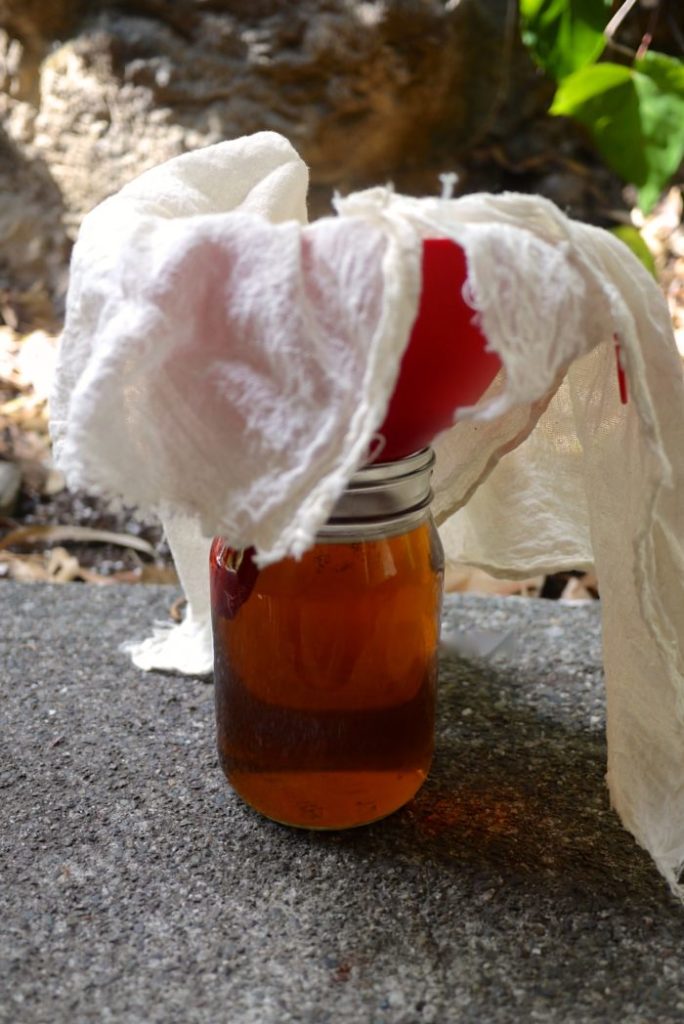
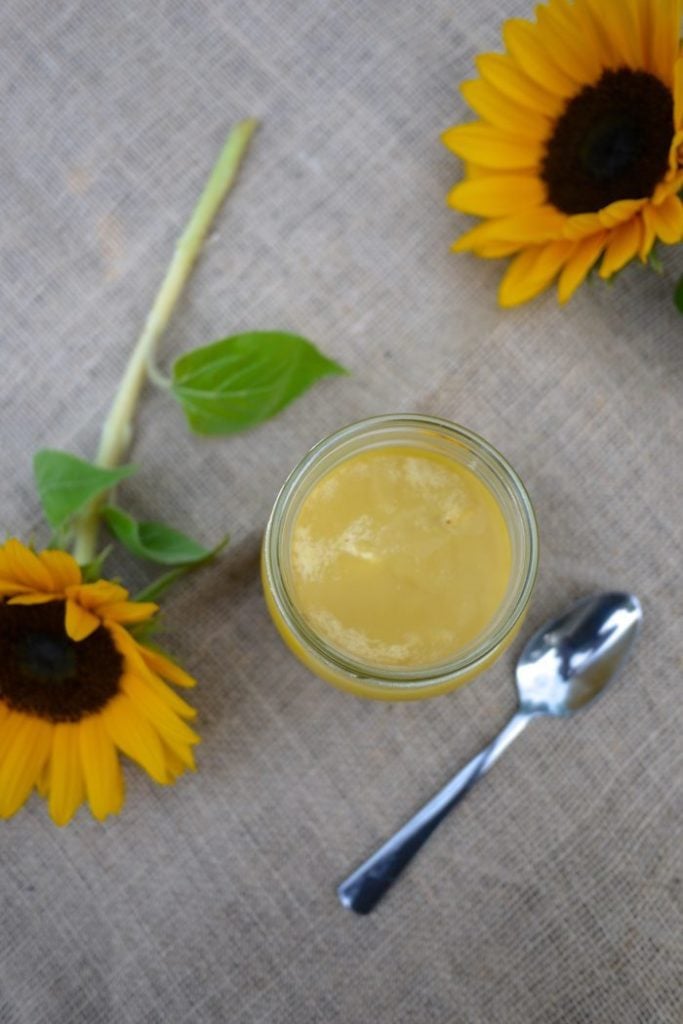



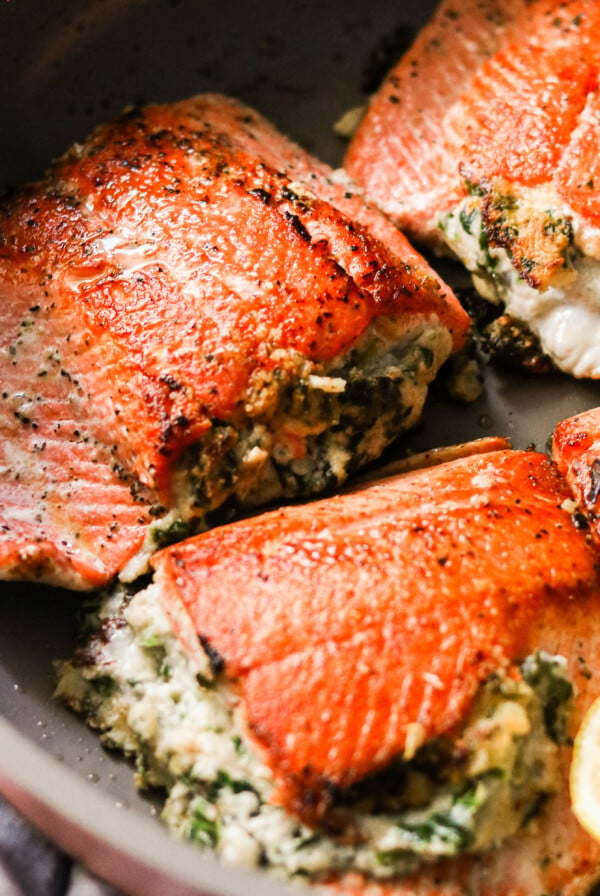
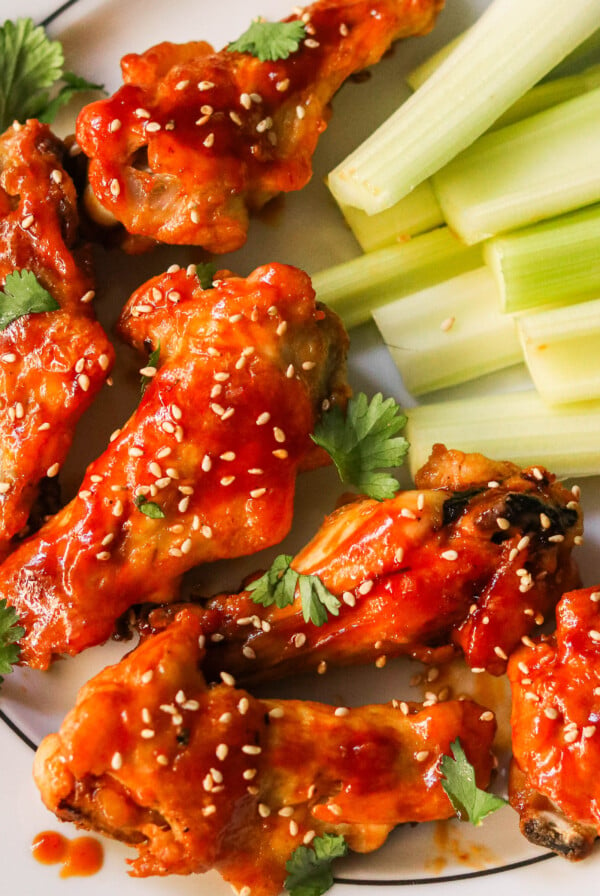
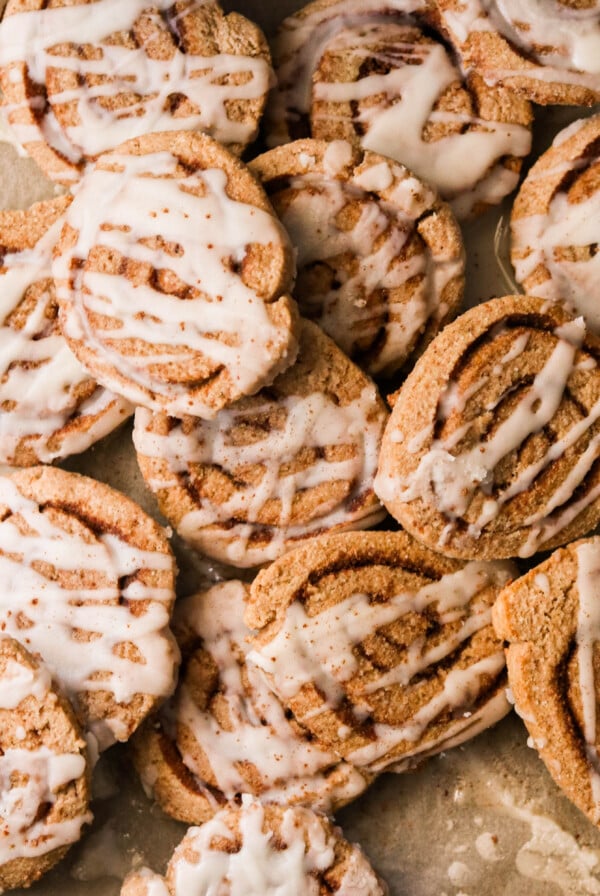
I love your content. Your straight forward approach is super appealing. Thank you for the quality information.